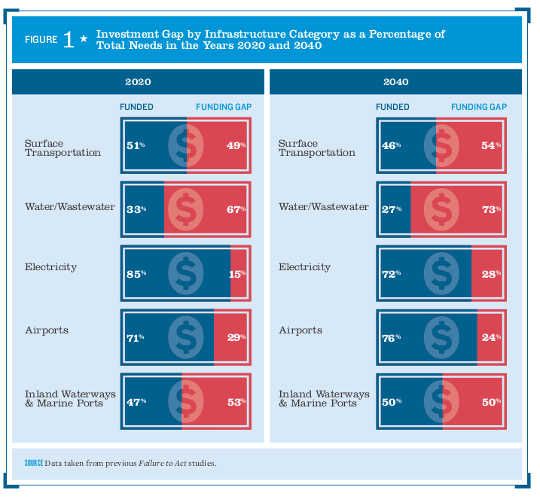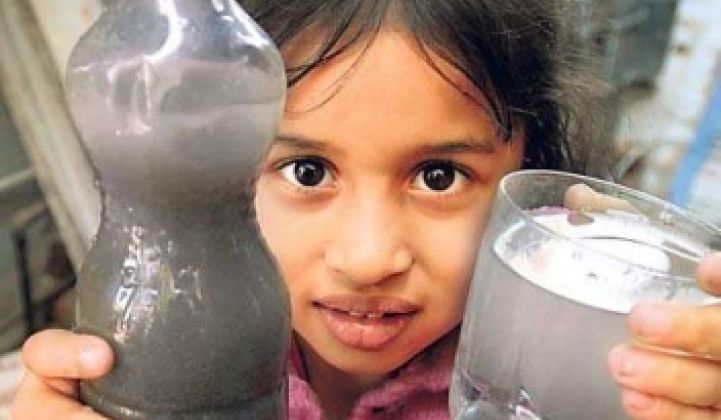Since 1993, March 22 has been designated World Water Day by the United Nations. For two decades, the day has focused on the latest scary numbers: 783 million people without access to clean water, 85 percent of people live on the driest half of the planet, trillions of dollars needed for water infrastructure upgrades.
The call to action seems to repeat, while actual action seems relatively scarce by comparison. Whether its crumbling infrastructure in developed regions, outdated water rights, or access to clean water in the developing world, there is no area of the issue that is not ripe for innovation and solutions.
Water demand is expected to increase by more than 40 percent by 2030, according to a white paper by Kleinwort Benson Investors, an Irish investment firm that has been in the water market for more than a decade. The investment to meet growing needs could be $22 trillion. Because water touches so many facets of life, Matt Sheldon of Kleinwort Benson said that there is really no clear water sector: “Instead, it’s a collection of niches.”
Agricultural water use swallows the majority of freshwater worldwide, about 70 percent. Increases in efficiency in agricultural water use are critical, especially as the global population consumes more meat, which takes far more water than to produce than grain.
Energy production sucks up about 15 percent of the world’s total water withdrawal, which could increase by about 20 percent between 2010 and 2035. Much of the increase will be driven by higher-efficiency power plants and expanding biofuels production, according to a report last year from the International Energy Agency.
Although most children are taught about the water cycle at an early age, water is often approached as a disposable resource by the many industries that rely on it. New technologies will not only have to increase water efficiencies in every sector -- especially agriculture and energy production -- but also find value streams for what is currently described as “wastewater.”
The Kleinwort Benson paper found that, if water issues are not addressed, 45 percent of projected global GDP in 2050 could be at risk, but with more sustainable solutions, $17 trillion could be preserved.
There are some glimmers of hope in emerging water technologies. Some startups are pulling precious elements out of the wastewater stream to use as fertilizer. There are interesting new technologies to drive down the cost and increase the efficiency of desalination using nanomembranes. Low-cost software solutions are helping utilities decide where infrastructure investments are best made.
Black & Veatch’s first water report in 2012 found that 85 percent of U.S. water utilities said the average consumer had no idea of the gaps between rates paid and the cost of delivering water services. The American Society of Civil Engineers, which gives the overall infrastructure in the U.S. a D+, found that water will face the largest funding gap in the coming decades. China, on the other hand, has recently pledged to levy a new tax on water use, although specific details haven't yet been released.

Without aggressive policy changes that match the current challenges -- and the funds to address them -- the next ten years of World Water Day could look eerily similar to the last twenty. Like energy use, some of the biggest opportunities will lie outside the domain of regulated utilities and in emerging markets and demand-side management.



